Why do so many people fail to reach their running and training goals? When questioned about running, why do so many people respond with the following: “Well, I used to be a runner, but I don’t have the time or I have a bad knee.”
The two most common reasons that people fail to meet their running and training goals is lack of time and due to injury. The painful truth is that 37-56% of runners will experience injury in a given year according to The Journal of Sports Medicine. The number of runners who will suffer with injury during their lifetime is even higher–I’ve seen estimates as high as 80%! These statistics even surprised me. Yet some runners seem to be injury-proof. How can an injury-prone runner become more resilient?

Most running related injuries are classified as repetitive motion injuries (overuse). This is fantastic news as it means most running related injuries are preventable! That’s why I have teamed up with Angie Spencer (RN and Certified Running Coach) and Trevor Spencer (co-host of the Marathon Training Academy Podcast) to give you the tools to become a Resilient Runner.
What is a resilient runner you might ask? A Resilient Runner is able train consistently and effectively at a high level (even at times, taking a pounding) yet keeps on running. You can learn to be a resilient runner, too!
How to Become a Resilient Runner
Resilient Runners Avoid Injury.
The biggest mistake is thinking I’LL WORRY ABOUT THIS WHEN I GET INJURED. We can’t emphasize enough how important it is to start thinking about injury prevention now. If you want to meet your current goals and run well into your older years, THEN you can’t afford to wait until you get injured!
Resilient Runners Train More.
You are bound to experience minor aches and pains associated with any exercise and athletic endeavor. When these minor irritations are dealt with immediately, you can significantly reduce your risk of an overtraining injury. Overuse injury is the most common reason for pain and injury associated with running. Resilient runners know how to properly cross train to avoid common muscle imbalances and biomechanical issues that can lead to injury. Being pre-emptive in dealing with running injuries before they become full blown will keep you running and progressing toward your goals.
Resilient Runners Recover More Quickly.
Statically speaking, most runners are likely to experience some form of injury. Resilient runners respond quickly and correctly to their injury. Knowing what to do and how to do it can significantly reduce the amount of time lost due to injury which equals more time doing what we all love to do…run!
Resilient Runners Save Money.
Health care costs in the United States and around the globe continue to increase often times without actual positive change in health status. It’s imperative that we all take a leadership role in our own health care by continuing to be proactive. In the United States, the average cash pay physical therapy visit ranges from $100-$150 per visit, and insurance co-pays can range from 50% of the visit charges to $20-$50 per visit.
With the right information available, most people can safely manage and self-treat the most common running associated musculoskeletal pains. Even better, with the right training approach, most injuries can be prevented all together!
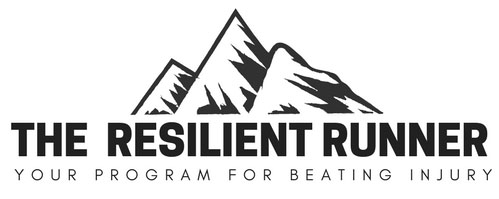 In the Resilient Runner program, we explain injury prevention strategies to keep you running. We provide detailed videos and rehabilitation guides on how to effectively SELF-TREAT each problem area of the body including:
In the Resilient Runner program, we explain injury prevention strategies to keep you running. We provide detailed videos and rehabilitation guides on how to effectively SELF-TREAT each problem area of the body including:
- Lower Back Pain and Piriformis
- Hip: Hip Bursitis and Hip Flexor Pain
- Upper Leg: Iliotibial Band and Hamstring Injury
- Knee Pain: Patellar Femoral Pain Syndrome (Runner’s Knee); Patellar Tendinitis; and Meniscus Injury
- Lower Leg and Foot: Achilles Tendinitis; Plantar Fasciitis; Posterior Tibial Tendon Dysfunction; Shin Splints; and Stress Fractures
The Resilient Runner program is designed to help YOU meet YOUR training goals by insuring you have the tools to avoid injury, recover quickly, and train at a peak level.
It’s a virtual library of self-treatment protocols including downloadable podcasts, videos, and .pdf files of rehabilitation guides. It also includes a 320 page eBook, The Resilient Runner, Prevention and Self-Treatment Guide to Common Running Related Injuries.
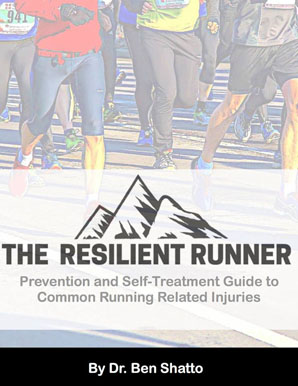
In addition, Angie offers in-depth advice on the following topics:
- Preventing the most common running mistakes and mishaps from side stitches to blisters.
- How to cope with the mental and physical aspects of injury.
- Tips on avoiding overtraining.
- Tips on cross training including a special 27 minutes Yoga for Runners Video.
Not all of us are born bullet proof, but we can all learn how to be more resilient!
I WANT TO BE RESILIENT!



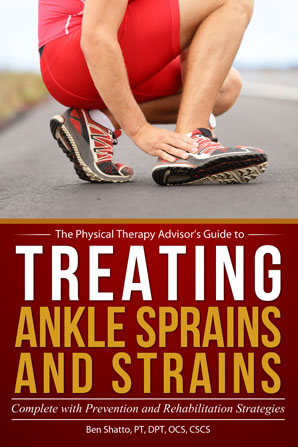
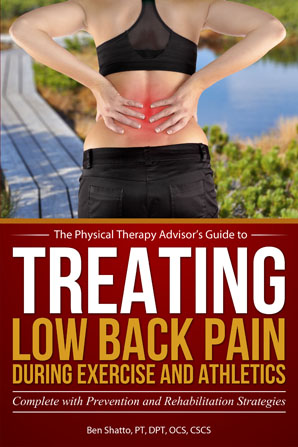
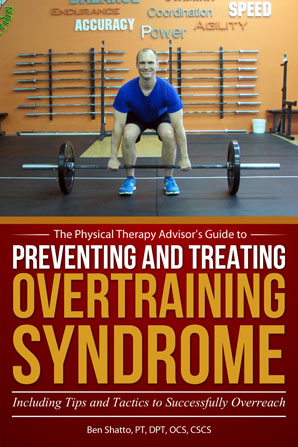
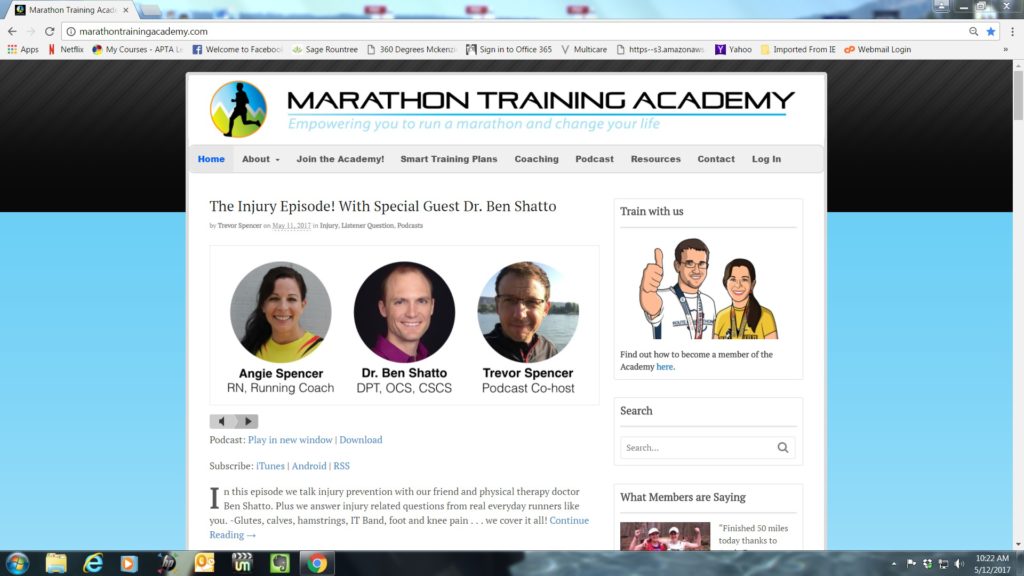

 In the
In the 